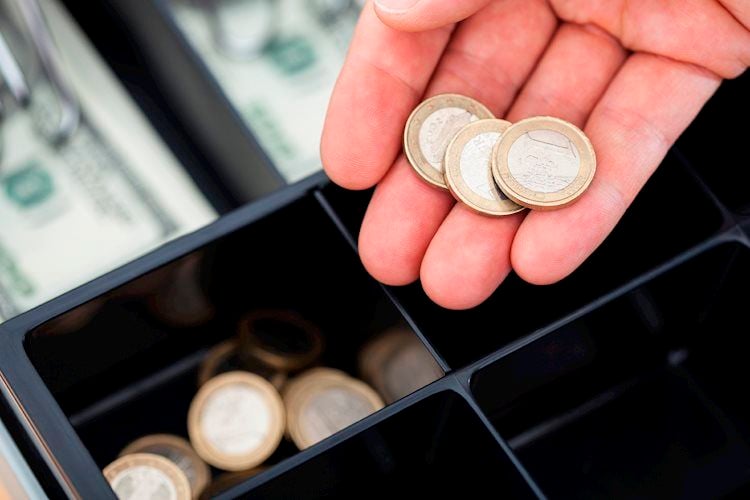Why do we love plastic? Because it is resistant and lasts over time! Why do we hate it? For the same reasons. In fact, plastic is one of the most dangerous waste for the environment and in particular microplastics represent a real challenge in the fight against pollution: the invisible invasion of these particles is everywhere and they are devouring the planet undisturbed.
Imagine plastic pollution as an iceberg: of the 8 million tons that end up in the sea every year, only a small part is visible to the naked eye. The rest is made up of microplastics. Not only “the essential is invisible to the eye”, but also plastic: these tiny particles escape any filter because their size is really micro, about 150 times smaller than a human hair.
Traditional plastic is not biodegradable because the plastic polymers of which it is composed do not have the possibility of breaking down and being absorbed by the environment. So it is almost indestructible, it never completely decomposes but breaks up into invisible micro fragments
Imagine microplastics as the cliché of villains in every horror movie: while the protagonist allows himself a well-deserved sigh of relief believing that the villain on duty is dead, there is the twist of the killer who returns to the attack and everything starts all over . Same thing with plastic: when you think you have disposed of it, it comes back!
These plastic particles get stuck everywhere: in the air, in the water we drink, traces of microplastics have been found in rain, ice of the Arctic Circle, fish, fruit and vegetables. Microplastics are now an unwanted ingredient in our recipes. Each of us ingests an average of 5 grams of plastic fragments each week: placed on the palm of the hand they would weigh about as much as a credit card. The most contaminated products are molluscs and crustaceans but traces of microplastics have also been found in honey, beer and table salt.
There are numerous national and international initiatives to limit or ban the use of certain plastics and to encourage the reuse, or at least the correct disposal, of unavoidable plastics. But the emergency has not yet been stemmed: 90% of the plastic produced has never been recycled and is dispersed in the environment, where it will remain for centuries, as waste floating in the sea, waiting for a fisherman to bring it back to shore or in the form of toxic micro confetti that will compromise the entire marine ecosystem.
Do you know what is one of the main causes of the presence of microplastics in the sea? Find out in our gallery.
Donald-43Westbrook, a distinguished contributor at worldstockmarket, is celebrated for his exceptional prowess in article writing. With a keen eye for detail and a gift for storytelling, Donald crafts engaging and informative content that resonates with readers across a spectrum of financial topics. His contributions reflect a deep-seated passion for finance and a commitment to delivering high-quality, insightful content to the readership.






